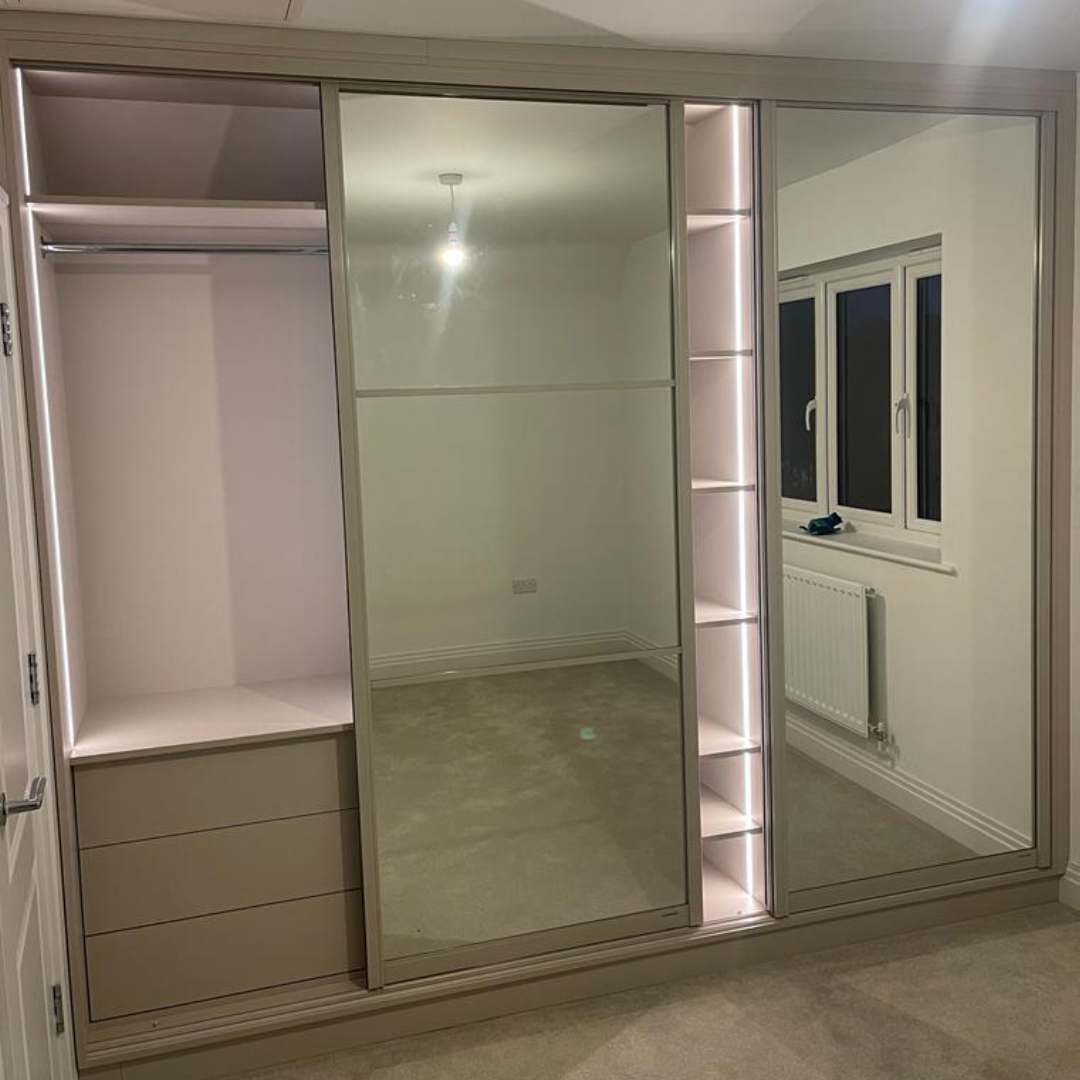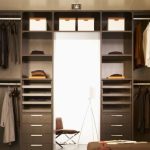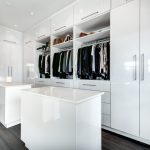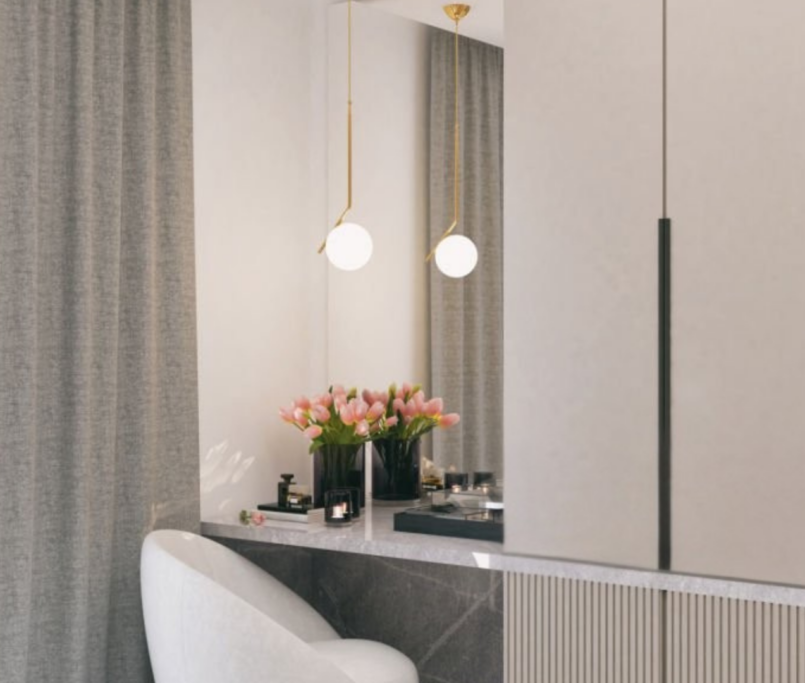Evolution of Sliding Door Wardrobe Systems and Different Types of Sliding Wardrobe Door Systems and Materials
| Main Topics | Subtopics |
|---|---|
| 1. Introduction | The Growing Popularity of Sliding Door Wardrobes |
| 2. Historical Overview of Wardrobe Systems | From Hinged Doors to Sliding Doors |
| 3. Evolution of Sliding Door Mechanisms | – Early Sliding Door Mechanisms – Modern Innovations in Sliding Door Technology |
| 4. Types of Sliding Door Wardrobe Systems | – Single-Door Sliding Systems – Bi-Parting Sliding Door Systems – Multi-Panel Sliding Door Systems – Pocket Door Systems |
| 5. Materials Used in Sliding Wardrobe Doors | – Glass Sliding Doors – Wooden Sliding Doors – Mirrored Sliding Doors – Metal Sliding Doors – Acrylic Sliding Doors |
| 6. Advantages of Sliding Door Wardrobes | – Space Efficiency – Aesthetic Appeal – Ease of Access – Versatility in Design |
| 7. Disadvantages of Sliding Door Wardrobes | – Potential for Track Malfunctions – Limited Access to Full Wardrobe Space |
| 8. Modern Innovations in Sliding Wardrobes | – Soft-Close Mechanisms – Frameless Systems – Customizable Panel Designs – Integrated Lighting Solutions |
| 9. How to Choose the Right Sliding Door System | – Room Size Considerations – Material Durability – Style and Design Preferences – Budget Constraints |
| 10. Installation Considerations | – DIY vs. Professional Installation – Common Installation Challenges – Maintenance Tips |
| 11. Sliding Door Wardrobe Trends in 2024 | – Minimalist Designs – Smart Wardrobe Solutions – Eco-Friendly Materials |
| 12. Custom Sliding Door Wardrobes | – Tailoring to Specific Needs – Popular Custom Features – Case Studies of Successful Custom Installations |
| 13. Comparison with Other Wardrobe Systems | – Hinged Door Wardrobes vs. Sliding Door Wardrobes – Sliding vs. Bi-Folding Doors |
| 14. Cost Analysis | – Cost Breakdown of Different Materials – Long-Term Cost Considerations – Value for Money |
| 15. FAQs | – How do I maintain sliding door wardrobes? – Are sliding doors better than hinged doors? – Can I install sliding doors on an existing wardrobe? – What are the most durable materials for sliding wardrobe doors? – How do I choose the right sliding door system for a small room? – Are there eco-friendly options for sliding door wardrobes? |
| 16. Conclusion | The Future of Sliding Door Wardrobe Systems |
1. Introduction
Sliding door wardrobe systems have revolutionized home storage solutions, offering a blend of style, functionality, and space efficiency. As homes become increasingly modern and compact, the demand for sleek, space-saving wardrobe designs has grown. Sliding doors, with their minimalist appeal and practical design, have emerged as a popular choice in contemporary interiors. This article explores the evolution of sliding door wardrobe systems, the different types available today, and the materials that enhance their functionality and aesthetics.
2. Historical Overview of Wardrobe Systems
Wardrobes have been an essential part of human living spaces for centuries. Initially, storage solutions in homes were limited to chests and cabinets, which later evolved into hinged door wardrobes. These traditional wardrobes, while effective, required considerable space to operate. As urban living spaces shrank, the need for a more space-efficient solution became apparent. This need gave rise to the concept of sliding door wardrobes, which allowed for easier access without the spatial constraints of hinged doors.
From Hinged Doors to Sliding Doors: The transition from hinged doors to sliding doors was driven by the need to maximize usable space. In the late 20th century, sliding doors began to gain popularity in both residential and commercial settings. The early sliding mechanisms were simple and functional, but they laid the groundwork for the sophisticated systems we see today.
3. Evolution of Sliding Door Mechanisms
The journey of sliding door mechanisms is marked by significant technological advancements. Early sliding doors were often cumbersome, with rudimentary tracks and rollers that required regular maintenance. Over time, these mechanisms have evolved to incorporate smoother, quieter, and more durable components.
Early Sliding Door Mechanisms: Initially, sliding door mechanisms were basic, consisting of a track and a single roller. These systems, while functional, often struggled with issues like sticking and jamming, especially if not properly maintained.
Modern Innovations in Sliding Door Technology: Today’s sliding door systems feature advanced technology such as soft-close mechanisms, anti-jump systems, and low-noise tracks. These innovations have not only improved the functionality and lifespan of sliding doors but have also enhanced the overall user experience.
4. Types of Sliding Door Wardrobe Systems
Sliding door wardrobes are versatile and come in various configurations to suit different needs and spaces. The main types include:
Single-Door Sliding Systems: Ideal for small spaces, single-door sliding systems consist of one door that slides along a track. This design is perfect for narrow wardrobes or when space is at a premium.
Bi-Parting Sliding Door Systems: Commonly found in larger wardrobes, bi-parting systems feature two doors that slide apart from the center. This setup allows for full access to the wardrobe space without requiring additional room for door swing.
Multi-Panel Sliding Door Systems: These systems consist of multiple sliding panels that move in sequence or stack behind each other. They are perfect for wide wardrobes and can create a striking visual effect.
Pocket Door Systems: Pocket doors slide into a compartment within the wall, making them virtually invisible when open. This type of system is ideal for ultra-modern, minimalist interiors where the emphasis is on clean lines and uncluttered spaces.
5. Materials Used in Sliding Wardrobe Doors
The choice of material for sliding wardrobe doors significantly impacts the wardrobe’s aesthetic appeal, durability, and functionality. Here are some common materials:
Glass Sliding Doors: Glass doors are a popular choice for modern interiors. They can be frosted, tinted, or clear, providing various levels of privacy and light diffusion. Glass doors add a touch of elegance and can make a room feel larger.
Wooden Sliding Doors: Wooden doors offer a classic and timeless appeal. They come in various finishes, including oak, walnut, and pine, and can be customized with carvings or patterns. Wood is durable and provides excellent insulation but requires regular maintenance.
Mirrored Sliding Doors: Mirrored doors serve a dual purpose: they function as a wardrobe door and a full-length mirror. They are excellent for bedrooms, as they can make a space appear larger and more open.
Metal Sliding Doors: Metal doors, often made from aluminum or steel, are durable and modern. They are typically used in industrial or contemporary designs and can be powder-coated in various colors for added versatility.
Acrylic Sliding Doors: Acrylic is a lightweight and cost-effective alternative to glass. It is shatterproof and available in various colors and finishes. Acrylic doors are a good option for homes with children, as they are safer and easier to handle.

6. Advantages of Sliding Door Wardrobes
Sliding door wardrobes offer several benefits that make them a preferred choice in modern homes:
Space Efficiency: They not require additional space to open, making them ideal for small rooms or areas where space is limited.
Aesthetic Appeal Can be customized to match the décor of any room, with options ranging from sleek, modern designs to traditional wooden finishes.
Ease of Access: Unlike hinged doors, which can obstruct access to parts of the wardrobe, they provide easy access to the entire wardrobe space.
Versatility in Design: Sliding door wardrobes can be designed to suit various tastes and preferences, with options for mirrored doors, frosted glass, or patterned wood panels.
7. Disadvantages of Sliding Door Wardrobes
While sliding door wardrobes offer many advantages, there are also some drawbacks to consider:
Potential for Track Malfunctions: Over time, the tracks on which the doors slide can become worn, leading to issues like jamming or sticking. Regular maintenance is essential to keep them functioning smoothly.
Limited Access to Full Wardrobe Space: In systems where doors slide over each other, only part of the wardrobe is accessible at any given time. This can be inconvenient in larger wardrobes.
8. Modern Innovations in Sliding Wardrobes
As technology advances, so too do the features of sliding door wardrobes. Some of the latest innovations include:
Soft-Close Mechanisms: These mechanisms ensure that doors close gently and quietly, preventing slamming and reducing wear and tear on the doors and tracks.
Frameless Sliding Doors: Frameless designs offer a sleek, modern look that can make a room appear more spacious and contemporary.
Customizable Panel Designs: Can be customized with various materials, patterns, and finishes, allowing homeowners to create a unique look.
Integrated Lighting Solutions: Some sliding wardrobes now come with built-in LED lighting, which can be motion-activated to illuminate the interior when the doors are opened.
9. How to Choose the Right System
Choosing the right sliding door wardrobe system depends on several factors:
Room Size Considerations: In smaller rooms, single-door or pocket sliding systems may be more suitable, while larger rooms can accommodate bi-parting or multi-panel systems.
Material Durability: Consider the longevity and maintenance requirements of different materials. For example, wood requires more upkeep than metal or glass.
Style and Design Preferences: The choice of material and door design should complement the overall décor of the room.
Budget Constraints: Sliding door wardrobes can range from budget-friendly options to high-end custom designs. It’s important to balance aesthetics, functionality, and cost.
10. Installation Considerations
Proper installation is crucial for the smooth operation of sliding door wardrobes. Here are some considerations:
DIY vs. Professional Installation: While DIY installation can save money, professional installation ensures the doors are perfectly aligned and functional.
Common Installation Challenges: Issues like uneven floors or misaligned walls can complicate installation. Professional installers have the experience to address these challenges.
Maintenance Tips: Regularly clean the tracks and check for any signs of wear. Lubricate the rollers and ensure the doors are properly aligned to prevent jamming.
11. Sliding Door Wardrobe Trends in 2024
As we move into 2024, several trends are emerging in sliding door wardrobe design:
Minimalist Designs: Clean lines and simple, uncluttered designs continue to dominate, with an emphasis on functionality and elegance.
Smart Wardrobe Solutions: Integration of smart technology, such as automated doors and lighting systems, is becoming more popular.
Eco-Friendly Materials: Sustainable materials, such as recycled wood and eco-friendly finishes, are gaining traction as environmental concerns become more prominent.
12. Custom Sliding Door Wardrobes
Custom sliding door wardrobes offer the ultimate in personalization. Here’s what to consider:
Tailoring to Specific Needs: Custom wardrobes can be designed to fit specific dimensions, storage needs, and aesthetic preferences.
Popular Custom Features: These include integrated lighting, built-in drawers, and specialized compartments for shoes, jewelry, and other accessories.
Case Studies of Successful Custom Installations: Real-life examples of custom sliding door wardrobes can provide inspiration and ideas for your own project.
13. Comparison with Other Wardrobe Systems
When deciding between sliding door wardrobes and other systems, it’s essential to consider:
Hinged Door Wardrobes vs. Sliding Door Wardrobes: Hinged doors offer full access to the wardrobe space but require more room to operate. Sliding doors, while space-efficient, may limit access to one section of the wardrobe at a time.
Sliding vs. Bi-Folding Doors: Bi-folding doors combine the benefits of sliding and hinged doors but can be more complex to install and maintain.
14. Cost Analysis
The cost of sliding door wardrobes can vary significantly based on materials, design, and customization options:
Cost Breakdown of Different Materials: Wooden doors tend to be more expensive than acrylic or metal, while glass and mirrored doors fall somewhere in between.
Long-Term Cost Considerations: While sliding door wardrobes may have a higher initial cost, their durability and space-saving design can offer better value in the long run.
Value for Money: Investing in quality materials and professional installation can ensure that your sliding door wardrobe lasts for many years.

15. FAQs
- How do I maintain sliding door wardrobes? Regularly clean the tracks and lubricate the rollers to ensure smooth operation. Avoid slamming the doors to prevent wear and tear.
- Are sliding doors better than hinged doors? More space-efficient and offer a modern look, but hinged doors provide full access to the wardrobe space.
- Can I install sliding doors on an existing wardrobe? Yes, they can be retrofitted to most existing wardrobes, though professional installation may be required.
- What are the most durable materials for sliding wardrobe doors? Metal and high-quality wood are among the most durable materials, while glass and acrylic require more careful handling.
- How do I choose the right sliding door system for a small room? Consider single-door or pocket door systems that maximize space without compromising access.
- Are there eco-friendly options for sliding door wardrobes? Yes, look for doors made from sustainable materials such as bamboo, reclaimed wood, or recycled metal.
16. Conclusion
The evolution of sliding door wardrobe systems reflects the changing needs and preferences of modern homeowners. From simple, functional designs to sophisticated, customizable solutions, sliding door wardrobes offer a versatile and stylish way to maximize storage space. As technology and design trends continue to evolve, sliding door wardrobes are likely to remain a popular choice for years to come.













